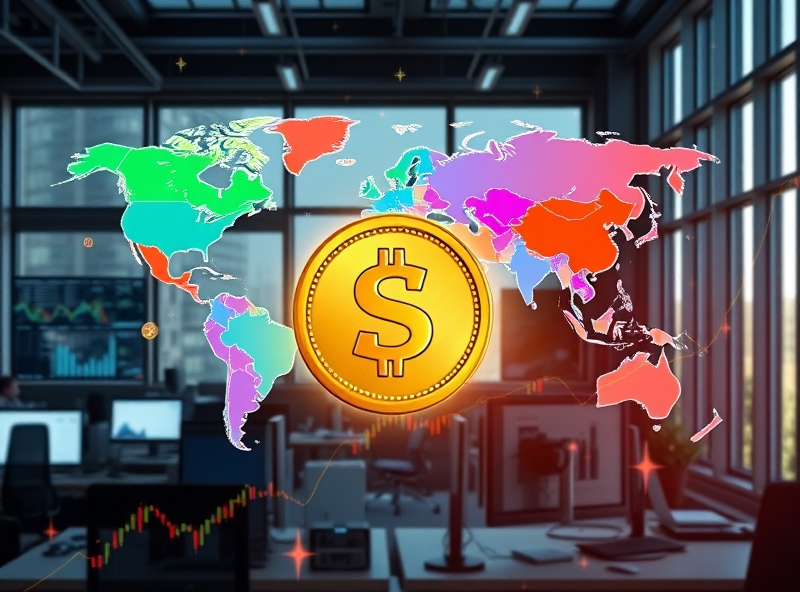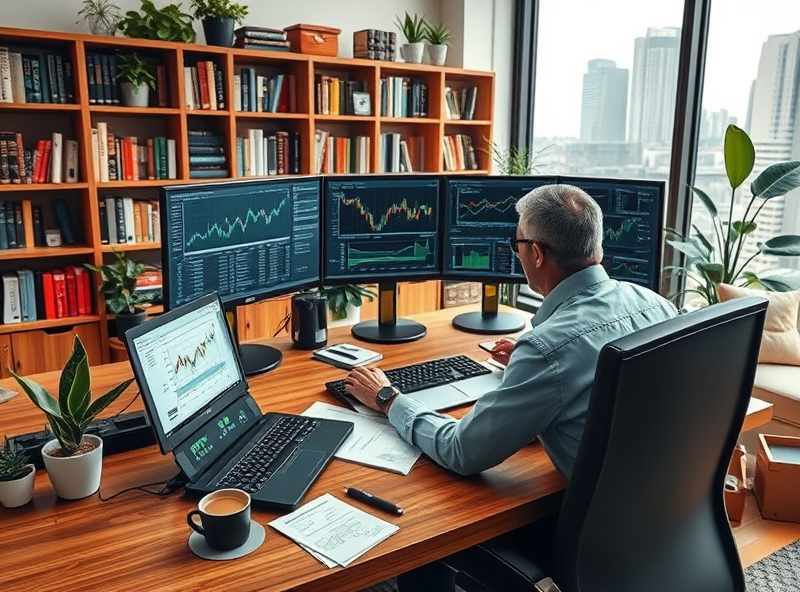Global Economic Outlook

The global economy is constantly evolving, shaped by factors such as technological advancements, geopolitical shifts, and environmental challenges. As we look toward 2025, several key trends are emerging that could significantly impact global markets. For instance, the continued integration of artificial intelligence and automation in industries is expected to boost productivity while reshaping the job market. Additionally, the transition to green energy and sustainable practices is likely to accelerate, driven by both policy initiatives and consumer demand. However, uncertainties remain, such as inflationary pressures, supply chain disruptions, and geopolitical tensions, which could pose challenges to economic stability. By staying informed and adaptable, individuals and businesses can better navigate these changes and seize opportunities in this dynamic landscape.
Political Factors Impacting Economies
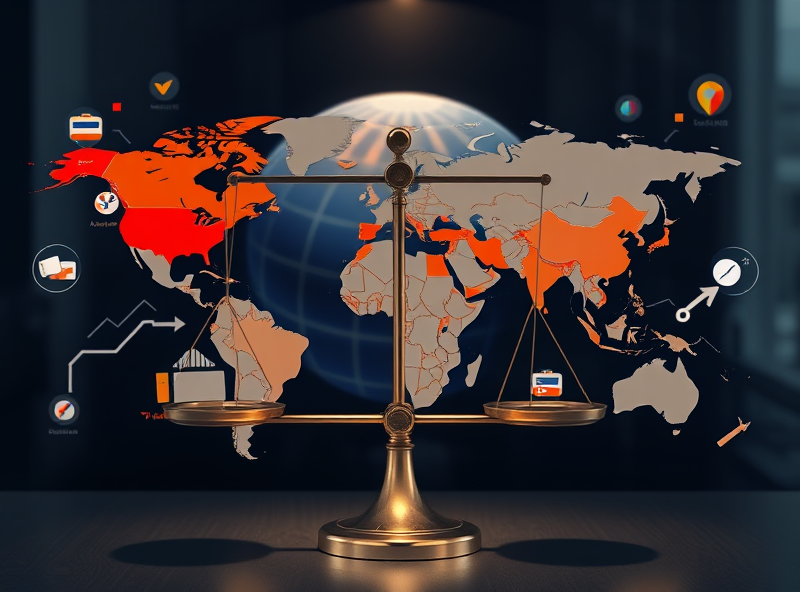
Political factors play a significant role in shaping global economies, influencing everything from trade policies to investor confidence. For instance, changes in government leadership or political instability can lead to shifts in economic priorities, impacting industries and markets. Trade agreements, tariffs, and sanctions are often driven by political decisions, which can either foster economic growth or create barriers. Additionally, geopolitical tensions, such as conflicts or diplomatic disputes, can disrupt global supply chains and lead to market volatility. Understanding these dynamics is crucial for businesses and investors to navigate uncertainties and make informed decisions. Staying updated on political developments and their potential economic implications can help individuals and organizations adapt to changing conditions and seize opportunities in a complex global landscape.
Drivers of US Dollar Strength and Weakness
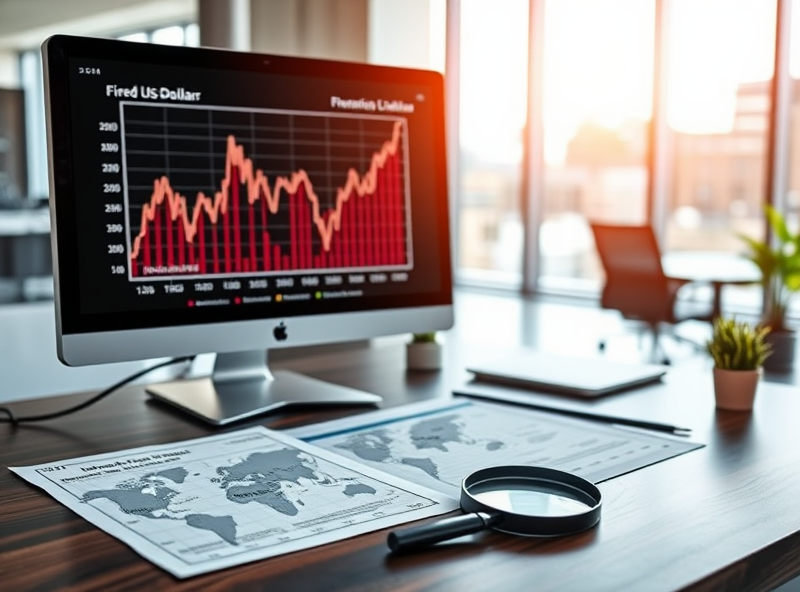
The strength or weakness of the US Dollar is influenced by a variety of global and domestic factors. One key driver is interest rates set by the Federal Reserve. When interest rates are high, the US Dollar often strengthens as it attracts foreign investment seeking higher returns. Conversely, lower interest rates can weaken the Dollar as investors look elsewhere for better opportunities. Another important factor is economic stability. A strong and growing US economy tends to boost the Dollar, while economic uncertainty or recession can lead to its decline. Additionally, geopolitical events, such as trade wars or international conflicts, can either bolster or undermine the Dollar’s value depending on how they impact global confidence in the US economy. Understanding these drivers can help individuals and businesses make informed decisions about currency exchange, investments, and international trade.
Regional Impacts on Key Economies
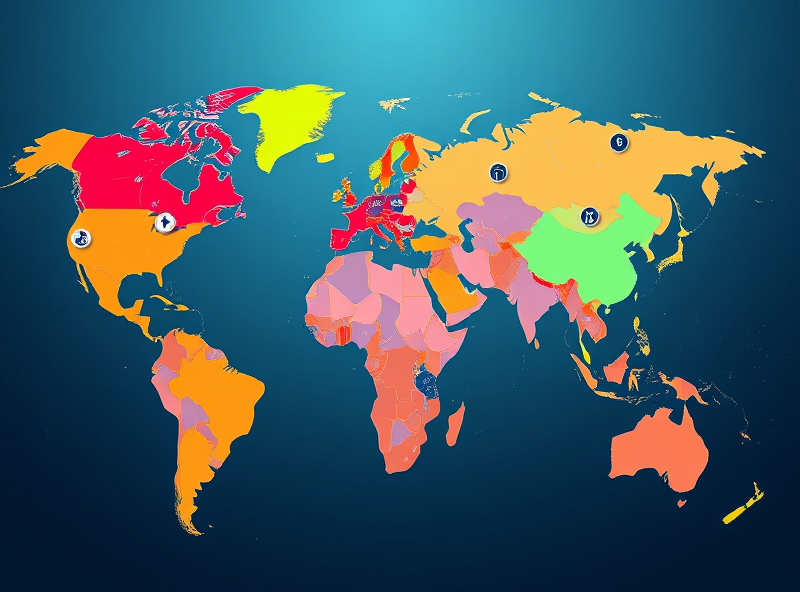
As we look ahead to 2025, understanding how global economic trends will impact specific regions is crucial for both businesses and individuals. For instance, in Asia, emerging markets like India and Vietnam are expected to see robust growth due to increased foreign investments and advancements in technology. Meanwhile, Europe may face slower growth as it continues to navigate post-Brexit trade complexities and energy challenges. In North America, the United States is likely to remain a dominant player, but its economic performance will be closely tied to the Federal Reserve’s monetary policies and global trade dynamics. Each region will experience unique challenges and opportunities, making it essential to stay informed and adapt strategies accordingly. By understanding these regional impacts, you can make more informed decisions, whether you’re an investor, a business owner, or simply planning for your financial future.
